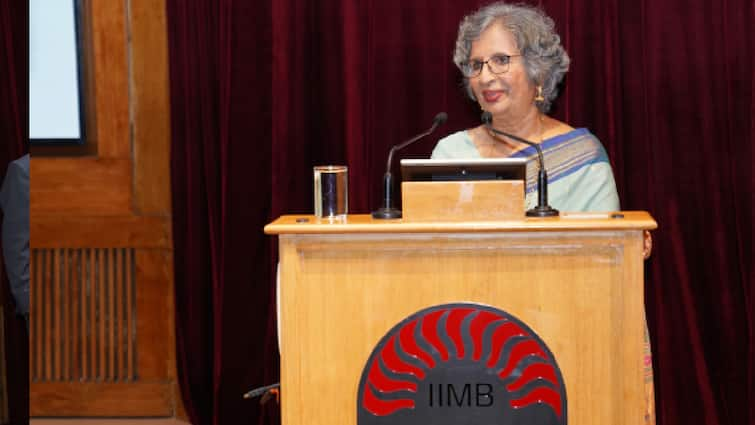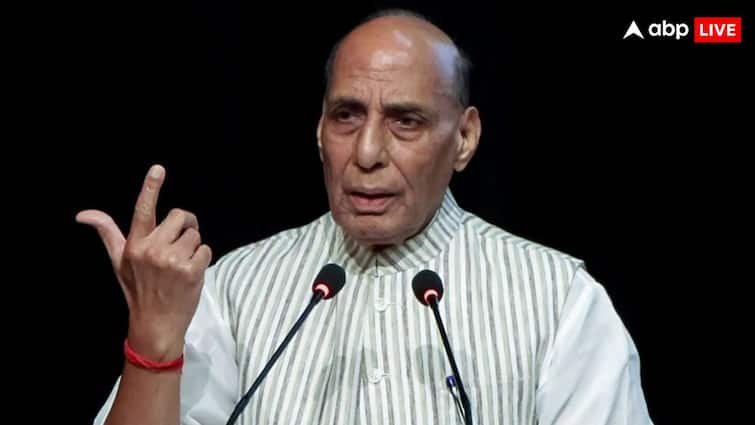Show Quick Read Key points generated by AI, verified by newsroom By Anurag Mehra Higher education in India often brings forth a significant financial burden for students. While the government has worked extensively to address this challenge through premier institutions like IITs, NITs, and other central universities that integrate affordable education, their limited numbers have led to the establishment of numerous private institutions. The introduction of the private sector in education has resulted in exorbitant fees that often cannot be borne by students, the vast majority of whom belong to humble backgrounds. As a result, student loans have become a necessity for many; however, the management of this financial tool while also navigating career pressures often hurts the personal and professional aspects of students. Popularity Of Engineering & Medicine As Careers For decades, Indians have pursued degrees in engineering and medicine, considering them invaluable for garnering prestigious professional careers and financial stability.
The country’s premier government institutions, such as the Indian Institute of Technology (IIT) and National Institute of Technology (NIT), have been among the most sought-after institutions. However, these premier institutions face significant competition for admissions. For example, the IIT Bombay has an acceptance rate of around 0. 2%, meaning only 2 students out of 1000 are accepted into its ranks. Furthermore, recent reports show that over 12 lakh students appeared for the Joint Entrance Examination (JEE) in 2024, aiming for IITs and NITs.
However, the highly selective nature of the IITs and NITs means that the vast majority of students are forced towards private colleges and universities. Financial Burden Colleges and universities run by the private sector charge significant fees, and for courses in Engineering, the average can be somewhere between INR 5 Lakh to INR 20 lakh. To pursue a medicine course from a private institution, the average fees can be even higher. Prominent reports suggest that in 2025, the median income for Indian households stands at INR 3. 36 lakh to INR 3.
80 lakh. This means that students from the middle class and lower-middle class are forced to resort to education loans for pursuing these degrees from private colleges. Furthermore, the Reserve Bank of India (RBI) has reported a 95. 83% hike in outstanding education loans between March 2019 and March 2025. It highlights a changing trend among students who are becoming increasingly dependent on loans to finance their higher education.
Employment Realities Following Higher Education While higher education costs a fortune in the country, and the salary packages of IIT and NIT graduates are portrayed in the media extensively, they can be misleading and do not show the larger perspective. For instance, several of these positions are situated overseas, and the salaries are often included as Cost to Company (CTC), inclusive of bonuses and stock options. This inflates the actual remuneration the individuals receive, which significantly varies from the CTC. Another major aspect of this is that the conversion of foreign currency to Indian rupee comes across as more substantial than it really is, while the cost of living overseas is not calculated or articulated at all. The graduates often anticipate that the job market is lucrative, which tends to change when they face the reality.
A report in a prominent newspaper shows that more than one in 10 graduates and postgraduates did not have employment in the previous year, which was higher among women. This discrepancy often brings financial strain, as expectations and reality significantly change. Increasing Challenge Of Loan Defaults While private institutions charge a premium for the in-demand disciplines, the industry remuneration is yet to match the global scale. This reality leads to students’ inability to secure highly paid employment opportunities, further impacting their ability to repay the astronomical loans. The RBI Financial Stability Report for June 2024 revealed that educational loans in India had a Non-Performing Asset (NPA) rate of 3.
6%, which is also the highest among other loan categories. This highlights that a significant number of borrowers struggle to meet their repayment cycles. Additionally, a report in a prominent Indian daily shows that students from states like Kerala have a higher default rate. This is owing to graduates returning from abroad without securing a job, and this aspect results in further financial stress. Role Of AI In Employment With Artificial Intelligence already in the foray, the job market is transforming at an unprecedented rate.
A large number of entry-level positions that once employed fresh graduates have become susceptible to automation. While this technological shift is undeniable, this has also increased unemployment among recent graduates, rendering them clueless regarding the repayment of education loans. While numerous challenges are being faced by students while managing their education loans, there are some aspects that provide them with some strategies to help with repayment. For instance, students must do in-depth research before taking a loan. They must research the potential ROI of the loan by connecting with alumni, industry professionals, and recent graduates to understand the general employment aspects in their respective fields.
Furthermore, while degrees are primarily the source of foundational knowledge, they must also look towards integrating practical knowledge. They can upskill themselves with online courses, workshops, and internships to increase their employability. Furthermore, students may also consider a freelancing career simultaneously with their studies. It can help them with a parallel income source, along with valuable experience that also gives them an alternative to traditional employment. They can also begin and continue to network with professionals in their respective field online, or by attending industry events, webinars, and seminars to garner connections that may help in the long run.
Loan Burdens Must Be Kept In Mind The demand for higher education is justified, as it can lead to better career opportunities. However, the financial burden that comes with education loans must also be considered by students, along with the realities and pressure of the current job market. This is why in the future students must consider educational and career choices only after careful planning, and approach them with realistic expectations. If they equip themselves with era-appropriate skills and with a robust professional network, they would be uniquely positioned to tackle the inherent challenges of unplanned education loans and align with financial stability without the complexities of loan repayment. (The author is the Director of Expert Panel) Disclaimer:The opinions, beliefs, and views expressed by the various authors and forum participants on this website are personal and do not reflect the opinions, beliefs, and views of ABP Network Pvt.
Ltd. Education Loan Information:.








